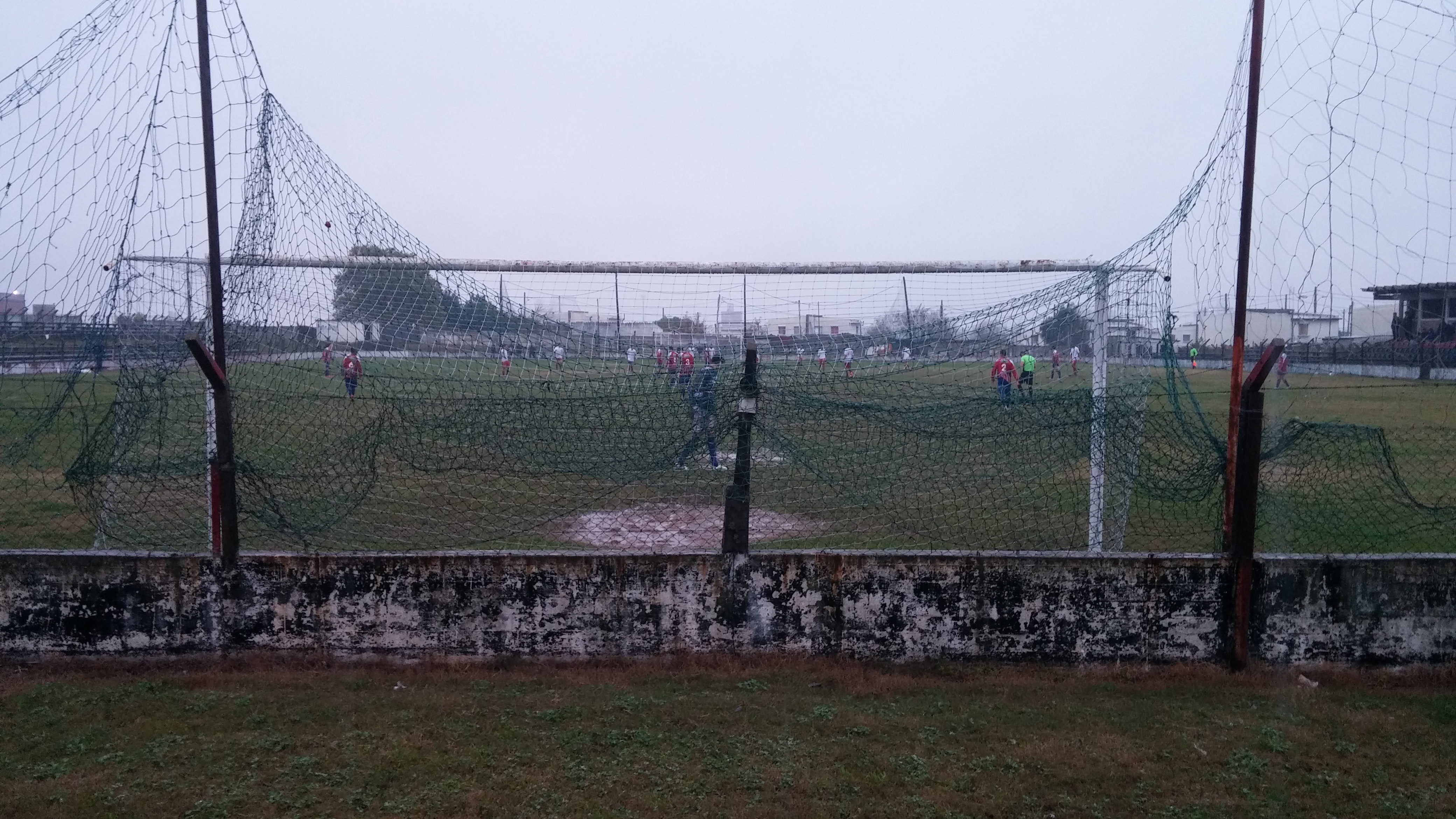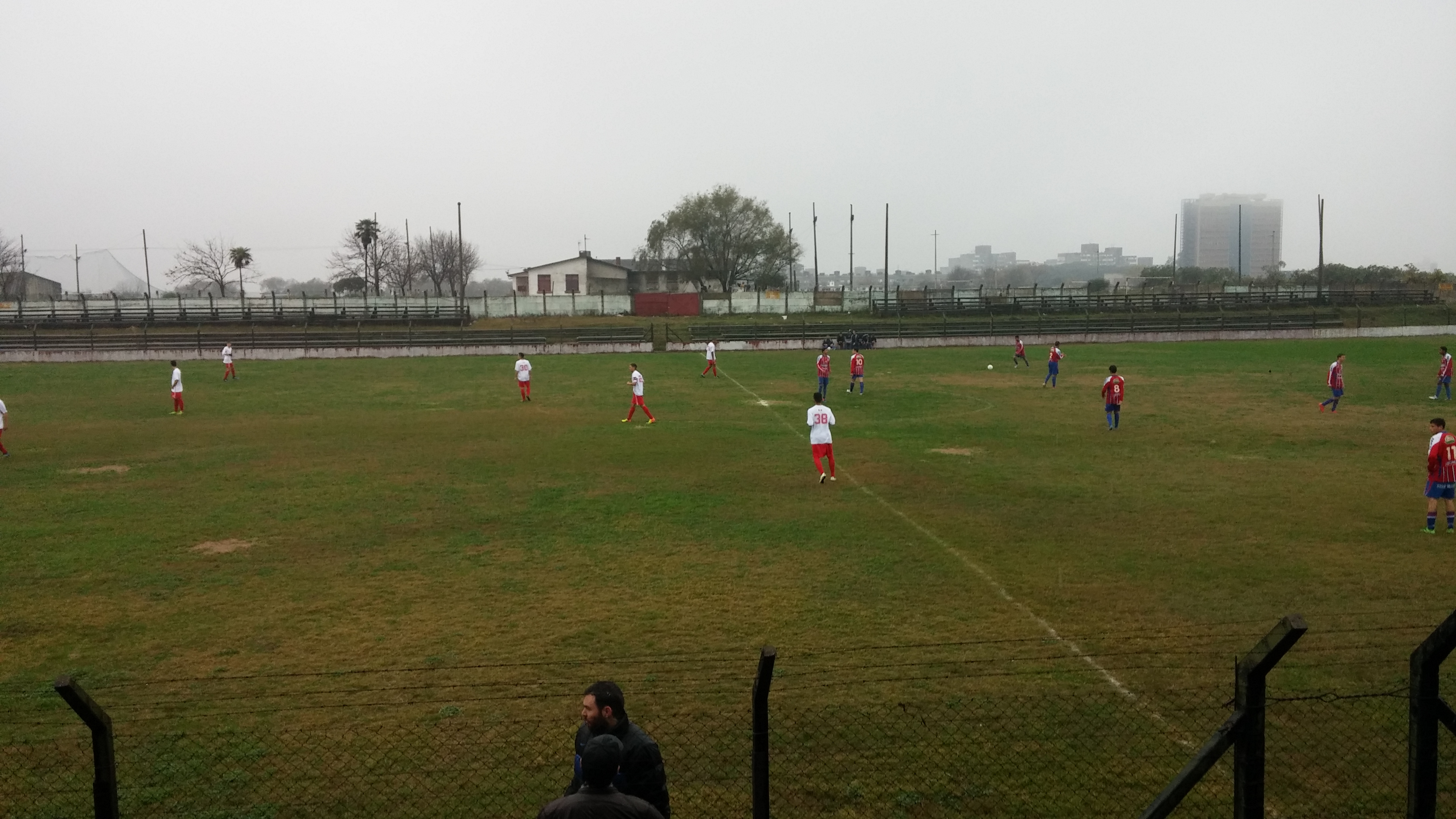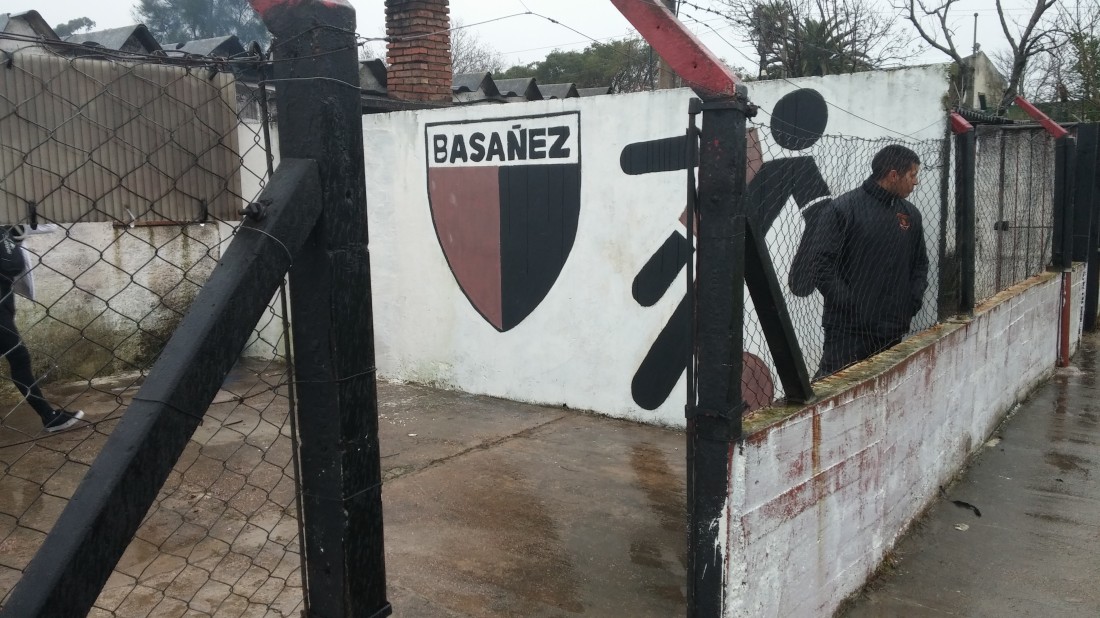Hi everyone,
I’ve begun my stay in Montevideo, Uruguay, where I am working as Fitness Coach with Canadian SC Uruguay, a professional soccer club in the Uruguayan ‘Segunda’ (second division). While here, I will be blogging daily about my experiences, and some of things which stand out to me the most.
As soon as I got out of the airport yesterday, I could see that the sport of soccer is like a religion in Uruguay, and that is not an understatement. Star players’ images, team logos and sponsors’ advertisements dominate both the physical landscape, as well as all other forms of media here.
Of course, every religion needs a place of worship or ‘church’, and in Uruguay, ‘church’ is ‘la cancha’ – the soccer field.
Today I got to see for the first time in my life, a training match between two U19 professional Youth Academy teams from Uruguay (Canadian SC versus Central). The match was played at the official stadium of Basanez, a local ‘Primera’ (first division) club from Montevideo.

Situated in the middle of one of the poorer neighbourhoods in the city, the Basanez stadium plays host to several of the U19 Segunda matches every week. It is a spartan facility, with barbed wire fences, old stone walls, two small change rooms with no running water, a small dirt pitch in the back for warm-ups, and a grandstand with seating for about 100 people.
The field itself has probably seen better days, with poorly maintained grass, giant patches of dirt and mud inside both penalty areas, and basically no drainage. On this particular day there was heavy rainfall starting about 1 hour before kick-off, which left several areas of the pitch almost unplayable due to the huge puddles of water that had accumulated there.
I spoke briefly with the Head Coach of the Canadian SC U19 Academy team prior to the match, and he asked me “what do you think about the facilities here?” My only response was to shrug my shoulders.
When the match started I sat and talked with the club’s sports psychologist, and during our discussion it occurred to me that the poor state of the training and playing facilities in Uruguay may not be such a bad thing for the players – especially for their technical development. Having to train and play on uneven, abnormally hard or wet surfaces forces players to sharpen all aspects of their technical performance. Ultimately, this should lead to the development of better technical ability and a faster speed of play. As he put it to me, “when players receive a pass here, it is not a ball coming towards them – it is a rabbit.” If you can control a “rabbit,” then controlling a ball – on a well-maintained grass pitch – will eventually become very easy. Ultimately, it is very likely that Uruguayan players who grow up training to catch “rabbits” in youth soccer will end up far better prepared for the higher technical demands of the professional and international game.

Perhaps Canadian soccer coaches and players – especially the great majority of us who work primarily in amateur youth soccer – need to stop worrying so much about the quality of the fields and facilities in which we train and play. So long as major safety hazards like potholes and sprinkler heads can be avoided or mitigated, we may be able to improve the technical abilities of our young players simply by exposing them to different types of playing surfaces as part of their yearly training and competition schedules. If I could take one lesson away from watching the match played at Basanez this afternoon, it is that player development is not about the facilities. If it were, then Uruguay would never have earned its reputation as one of the world’s leaders in exporting professional players.
I’d love to hear your thoughts about this topic. Drop me a line here to get the conversation going.


Leave A Comment